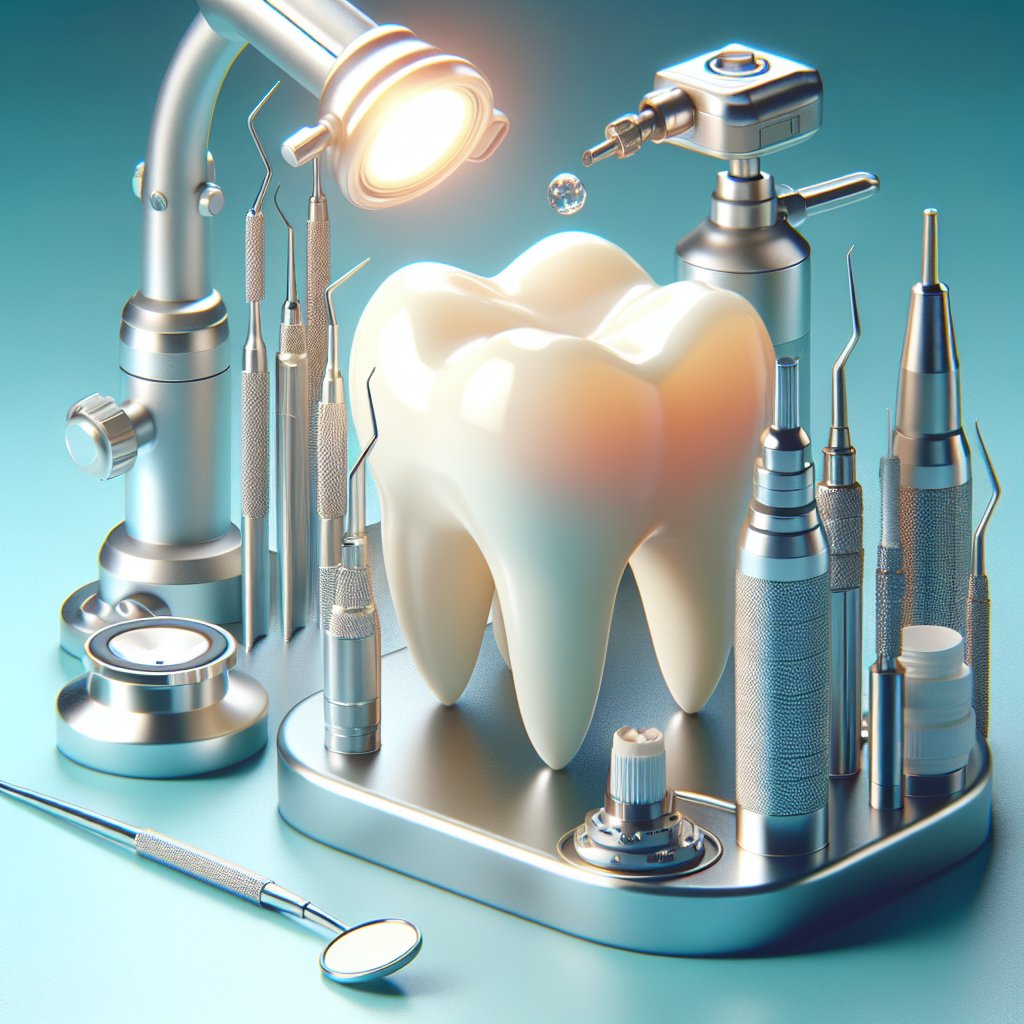New materials for durable and aesthetic dental crowns have revolutionized the field of dentistry, offering patients enhanced options for restorative treatments. As dental technology continues to advance, the materials used in creating crowns have evolved significantly, leading to improved durability, aesthetics, and biocompatibility. This article explores the latest innovations in dental crown materials, their benefits, and the implications for both dental professionals and patients.
Understanding Dental Crowns
Dental crowns are prosthetic devices that cover or encase a tooth to restore its shape, size, strength, and appearance. They are commonly used in various dental procedures, including root canals, severe tooth decay, and cosmetic enhancements. The choice of material for a dental crown is crucial, as it affects not only the crown’s longevity but also its aesthetic appeal. Traditionally, crowns were made from metals, porcelain, or a combination of both. However, advancements in material science have introduced new options that offer superior performance.
Traditional Materials for Dental Crowns
Before delving into new materials, it is essential to understand the traditional options that have been widely used in dentistry:
- Metal Crowns: These crowns are made from various metals, including gold, palladium, and nickel. They are known for their strength and durability but lack aesthetic appeal, making them less desirable for visible teeth.
- Porcelain-Fused-to-Metal (PFM) Crowns: PFM crowns combine the strength of metal with the aesthetic qualities of porcelain. While they offer a more natural appearance than all-metal crowns, the metal base can sometimes show through the porcelain, especially at the gum line.
- All-Porcelain Crowns: These crowns provide excellent aesthetics and are often used for front teeth. However, they may not be as durable as metal crowns, making them less suitable for back teeth that endure more chewing force.
Innovative Materials in Dental Crowns
Recent advancements in dental materials have led to the development of innovative options that address the limitations of traditional crowns. These new materials offer enhanced durability, aesthetics, and biocompatibility, making them increasingly popular among dental professionals and patients alike.
Zirconia Crowns
Zirconia crowns are one of the most significant advancements in dental crown technology. Made from a strong, biocompatible ceramic material, zirconia offers several advantages:
- Durability: Zirconia is known for its exceptional strength, making it highly resistant to chipping and cracking. This durability makes it an excellent choice for both anterior and posterior teeth.
- Aesthetics: Zirconia crowns can be manufactured to closely match the natural color of teeth, providing a more aesthetic solution compared to traditional metal crowns.
- Biocompatibility: Zirconia is highly biocompatible, meaning it is less likely to cause allergic reactions or irritation in the surrounding gum tissue.
Lithium Disilicate Crowns
Lithium disilicate is another innovative material that has gained popularity in recent years. This glass-ceramic material is known for its excellent aesthetic qualities and strength:
- Translucency: Lithium disilicate crowns exhibit a high level of translucency, allowing them to mimic the natural appearance of teeth more effectively than traditional porcelain crowns.
- Strength: Despite their aesthetic appeal, lithium disilicate crowns are also strong and can withstand significant biting forces, making them suitable for various dental applications.
- Versatility: These crowns can be used for a range of restorations, including single crowns, veneers, and bridges, making them a versatile option for dental professionals.
3D Printed Crowns
The advent of 3D printing technology has also impacted the production of dental crowns. 3D printed crowns can be made from various materials, including resins and ceramics, offering several benefits:
- Customization: 3D printing allows for highly customized crowns that fit the unique contours of a patient’s teeth, leading to improved comfort and aesthetics.
- Efficiency: The 3D printing process can significantly reduce the time required to produce crowns, allowing for quicker turnaround times for patients.
- Cost-Effectiveness: As the technology becomes more widespread, the cost of 3D printed crowns may decrease, making them a more accessible option for patients.
Choosing the Right Material for Dental Crowns
When it comes to selecting the appropriate material for dental crowns, several factors must be considered. Dental professionals play a crucial role in guiding patients through this decision-making process.
Factors to Consider
- Location of the Crown: The position of the tooth being restored is a significant factor. Anterior teeth, which are more visible, may benefit from more aesthetic materials like zirconia or lithium disilicate, while posterior teeth may require the strength of metal or zirconia.
- Patient Preferences: Patients’ preferences regarding aesthetics, durability, and cost should be taken into account. Some patients may prioritize a natural appearance, while others may prioritize strength and longevity.
- Dental Professional’s Expertise: The experience and expertise of the dental professional can influence the choice of material. Some dentists may have a preference for specific materials based on their clinical experiences and outcomes.
The Future of Dental Crown Materials
As technology continues to advance, the future of dental crown materials looks promising. Ongoing research and development are likely to yield even more innovative materials that offer enhanced properties. Potential areas of exploration include:
- Nanotechnology: The incorporation of nanomaterials may lead to crowns with improved strength, aesthetics, and antimicrobial properties.
- Smart Materials: The development of materials that can respond to environmental changes, such as temperature or pH, could lead to crowns that adapt to the oral environment.
- Biomimetic Materials: Research into materials that closely mimic the properties of natural tooth structure may result in crowns that offer superior performance and aesthetics.
Conclusion
The evolution of materials for dental crowns has significantly impacted the field of dentistry, providing patients with durable and aesthetically pleasing options for tooth restoration. Innovations such as zirconia, lithium disilicate, and 3D printed crowns have expanded the possibilities for both dental professionals and patients. As technology continues to advance, the future of dental crown materials holds great promise, paving the way for even more effective and attractive solutions in restorative dentistry.




